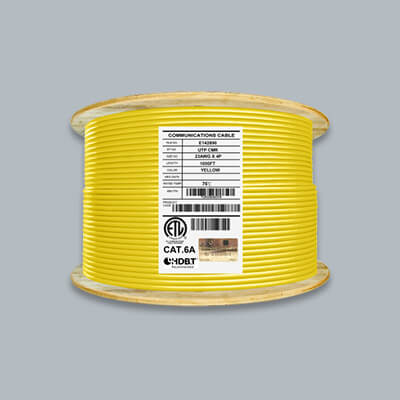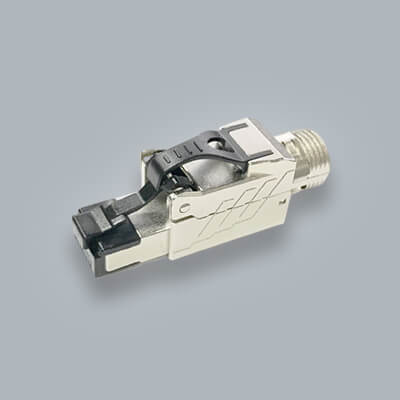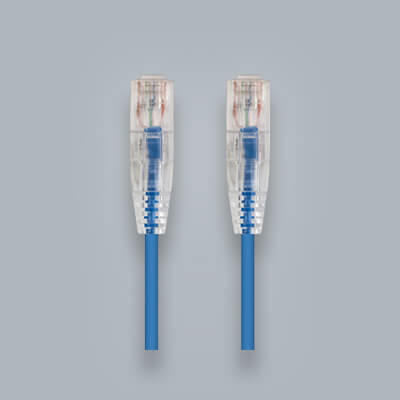15 Ways To Use Your Cat6 Patch Cables

A Cat6 patch cable, also known as a Cat6 Ethernet cable, is a type of network cable used for connecting devices to a local area network (LAN). It is commonly used in homes, offices, and other buildings to connect computers, routers, switches, and other networking equipment.
Some common uses for a Cat6 patch cable include:
- Connecting a computer to a router or switch
- Connecting a network-attached storage (NAS) device to a router or switch
- Connecting a IP camera to a router or switch
- Connecting a gaming console to a router or switch
- Connecting a smart TV to a router or switch
- Connecting a printer to a router or switch
- Connecting a Blu-ray player to a router or switch
- Connecting a home security system to a router or switch
- Connecting a home automation system to a router or switch
- Connecting a VoIP phone to a router or switch
- Connecting a point-of-sale (POS) system to a router or switch
- Connecting a digital signage display to a router or switch
- Connecting a surveillance system to a router or switch
- Connecting a network switch to another network switch
- Connecting a wireless access point to a router or switch.
Cat6 patch cables are designed to support data transfer rates of up to 1 Gb per second, which is suitable for most networking applications. However, under ideal conditions, Cat6 cables have the potential to support data transfer rates of up to 10 Gb per second.
For a Cat6 cable to reach its maximum potential of 10 Gb per second, the following factors must be in place:
- The network equipment and devices connected with the cable must support 10 Gb speeds.
- The cable must be installed and terminated correctly, with high-quality connectors and minimal interference or signal loss.
- The network environment must be free of interference and other factors that can degrade signal quality.
One of the key features of Cat6 patch cables is their ability to support a higher frequency range compared to previous generation cables. This allows them to transmit data over longer distances without signal loss or degradation. Cat6 patch cables are also typically made with thicker, more durable materials, which makes them less susceptible to damage and interference.
Cat6 patch cables are typically made with unshielded twisted pair (UTP) cables, which consist of four pairs of copper wires twisted together to reduce interference and improve signal quality. The wires are encased in a plastic jacket, available in various colors for easy identification and cable management.
These cables are designed to meet the performance standards set by the Telecommunications Industry Association (TIA), ensuring they can support the high data transfer rates and frequencies required for gigabit Ethernet networks. To meet these standards, Cat6 patch cables undergo rigorous testing and certification.
In summary, Cat6 patch cables are a crucial component of any high-speed local area network. They are designed to support gigabit Ethernet speeds and provide reliable, high-quality connections for a wide range of networking applications. It's a good idea to have these cables on hand for your devices, as you never know when you might need a hard-wired connection.






INSTALLING A SECURITY SYS.ON MY HOME. I WAS TOLD TO USE CAT6UTP CABLE.
I HAVE NOT USED CABLES LIKE THIS. DO YOU HAVE INSTRUCTIONS THAT YOU CAN E MAIL ME?
Fantastic tips on maximizing the utility of Cat6 patch cables! From optimizing home networks to creating organized and efficient workspaces, your suggestions cover a wide range of practical applications. The clear and concise explanations make it easy for both beginners and tech enthusiasts to implement these ideas. Thanks for sharing these innovative ways to make the most out of Cat6 cables!